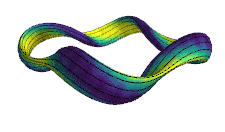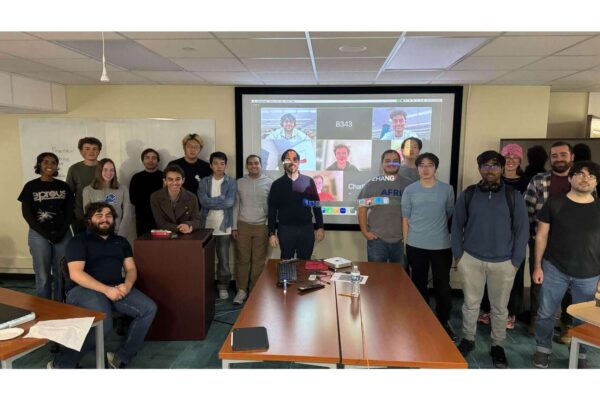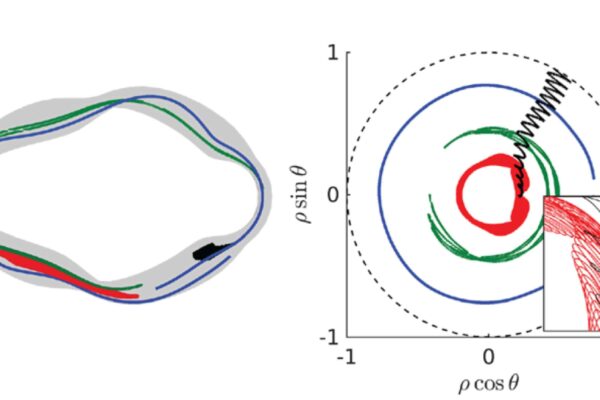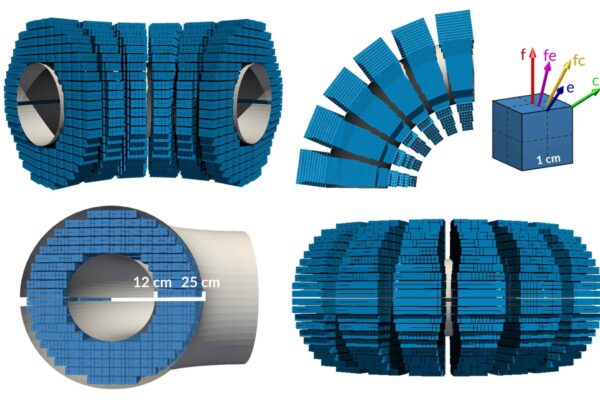Our group focuses on understanding plasma physics phenomena, namely fusion plasmas, astrophysical plasmas, and basic plasma physics. We use a variety of physical models and numerical codes to achieve this, including machine learning methods.
Head over to our Projects section to learn more or to our Open Positions section to apply.


A stellarator is a magnetic field configuration that traps charged particles. It is also a serious candidate configuration for fusion energy.

You can see here an animation of the HSX stellarator at UW-Madison created using the Python script available at the button on the right. For more configurations, visit the magnetic field equilibria vmec_equilibria GitHub repository.
Plasmas are the fourth state of matter, present in 99.9% of the matter in the visible universe. This is because all stars are made of plasma, as well as almost 100% of the interplanetary, interstellar, and intergalactic medium. This includes the Earth’s ionosphere. The easiest way to think of plasma is as an ionized gas, where the charged particles are free to respond to electric and magnetic fields. A gas can become ionized at extremely high temperatures, or using electric discharges.
As most of the universe is made of plasma, its properties are of extreme interest to scientists. Important problems that involve plasma physics include:
- Dynamics of astrophysical objects
- High-intensity lasers
- Fusion energy
- Rocket propulsion



